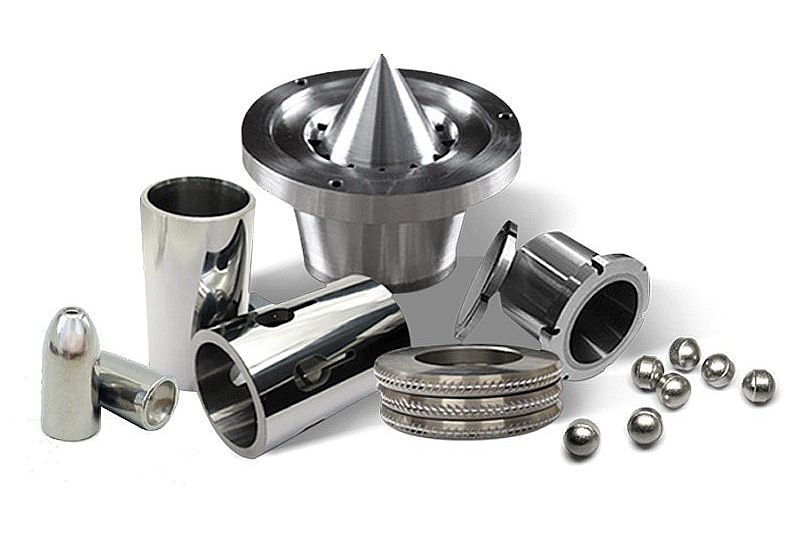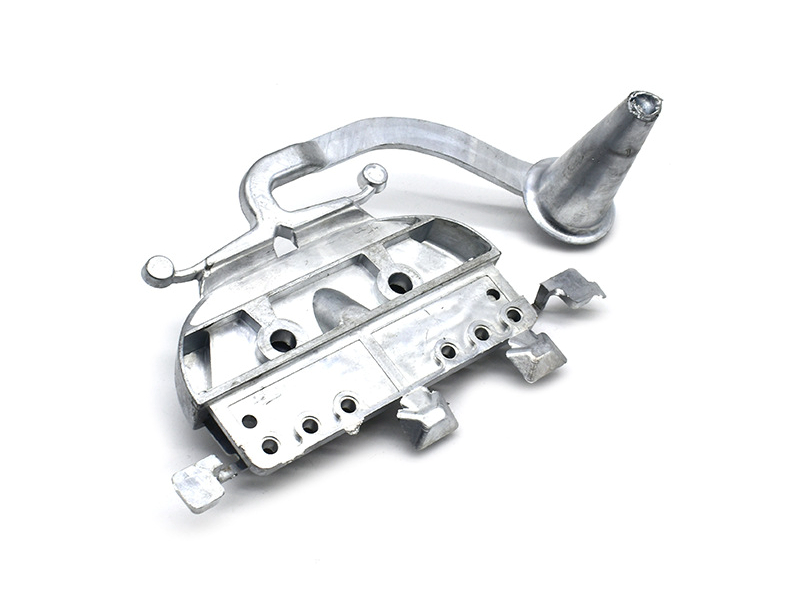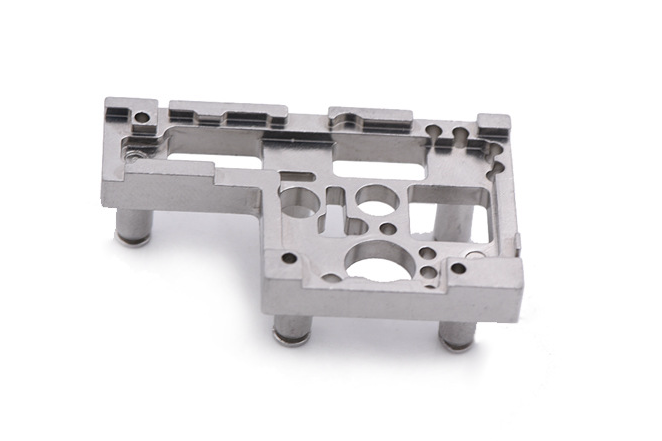What materials and heat treatments suit gears under high-frequency impact loads?
Gears subjected to high-frequency impact loads—such as those in power tools and locking systems—must combine a very hard, wear-resistant surface with a tough, ductile core that can absorb repeated shock without cracking. From a custom manufacturing standpoint, this is usually achieved by selecting low alloy or tool steels with good hardenability and then applying targeted heat treatments that generate a hardened case, compressive surface stresses, and a resilient core, all supported by precise gear geometry and controlled surface finishing through a complete custom parts manufacturing service workflow.
Material Selection for Impact-Resistant Gears
For gears subjected to repeated impact, carburizing grades such as 8620 and 9310 are industry benchmarks due to their ability to form a hard case while maintaining a tough core. In near-net-shape production, these can be realized via MIM-8620 and MIM-9310, enabling fine tooth geometry and internal features that are difficult to machine. Where higher core strength is required, through-hardened alloy steels such as MIM-4140 or other low alloy steel grades can be used. For very compact, high-torque gear sets, selected tool steel compositions are also suitable when properly heat-treated and tempered to avoid excessive brittleness.
Heat Treatment Strategies for Surface and Core Balance
The key to surviving high-frequency impact is achieving a hardened surface with a tough, fatigue-resistant core. Carburizing or carbonitriding followed by quenching and tempering, as outlined in Neway’s heat treatment practices, creates a deep case with high hardness (for wear and pitting resistance) while preserving ductility in the core. For thin or localized gear teeth, induction hardening is often used to selectively harden only the flank and root areas without distorting the gear body. In applications where rolling contact fatigue is critical and wear is less severe, low-temperature nitriding can form a hard nitride layer with minimal distortion. The final tempering step is crucial: it tunes toughness and reduces the risk of microcrack initiation under repeated impact loads.
Manufacturing Processes and Surface Condition
Material and heat treatment choices must be supported by the right manufacturing route. Near-net-shape processes, such as powder compression molding or metal injection molding, provide dense, fine-featured gear blanks that can be finish-machined as needed. Early-stage validation is usually done using CNC machining prototyping to confirm tooth geometry, root radius, and contact patterns before committing to tooling. After heat treatment, deburring and edge-conditioning via tumbling reduce stress concentrators at tooth roots and flanks, which is critical for impact fatigue life. Combining controlled micro-geometry with compressive surface stresses (from carburizing or nitriding) significantly delays crack initiation in service.
Design and Validation Guidelines for Impact Gears
Select carburizing low-alloy steels, such as 8620/9310, for high-impact gears where a hard case and tough core are required.
Use through-hardened alloy or tool steels only when impact loads and notch sensitivity are fully evaluated via simulation and testing.
Define target case depth, hardness profile, and core hardness as part of the gear specification, not just as a general “heat treated” note.
Control tooth root fillet, surface roughness, and deburring quality to minimize crack initiation sites under repeated impact.
Validate the design using prototype gears produced by CNC machining and representative heat treatment cycles, then confirm performance via impact fatigue or torque pulsation testing.



